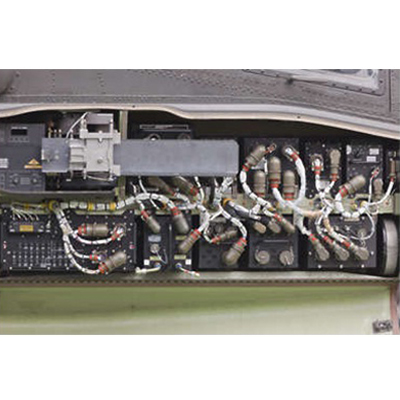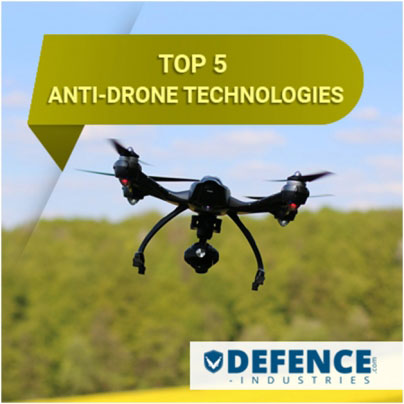Articles
Innovations in Military Armaments and Munitions

The landscape of military armaments and munitions has witnessed a rapid evolution over the years, driven by advancements in technology, changing warfare dynamics, and the need for enhanced defense capabilities. From traditional weaponry to cutting-edge systems, innovation has played a crucial role in shaping the modern military arsenal. This article delves into the various innovations in military armaments and munitions, highlighting their impact on defense strategies, operational effectiveness, and future trends.
Historical Perspective
The history of military armaments traces back to ancient times when primitive weapons like spears, bows, and arrows were used in battles. Over centuries, the development of gunpowder revolutionized warfare, leading to the introduction of firearms such as muskets, cannons, and rifles. The Industrial Revolution further fueled innovation in military technology, giving rise to machine guns, artillery, and armored vehicles.
Technological Advancements
In recent decades, rapid technological advancements have significantly transformed military armaments and munitions. One of the key innovations is the integration of electronics and digital systems into weaponry, leading to the development of smart weapons and precision-guided munitions. These advanced systems leverage sensors, GPS technology, and real-time data processing to improve accuracy, reduce collateral damage, and enhance mission success rates.
Precision-Guided Munitions
Precision-guided munitions (PGMs) represent a paradigm shift in military operations. These munitions, including guided missiles, bombs, and artillery shells, are designed to precisely hit targets with minimal collateral damage. The use of GPS, laser guidance, and inertial navigation systems enables PGMs to accurately strike enemy assets, reducing the risk to civilian populations and infrastructure.
Unmanned Systems
Another notable innovation is the proliferation of unmanned systems in military operations. Unmanned aerial vehicles (UAVs), commonly known as drones, have become integral for reconnaissance, surveillance, and targeted strikes. Advancements in drone technology, including stealth capabilities, long-endurance flights, and autonomous operations, have expanded their utility across various defense domains.
Cyber Warfare Capabilities
In addition to traditional weaponry, modern military forces are investing heavily in cyber warfare capabilities. Cyberattacks have emerged as a significant threat, with adversaries targeting critical infrastructure, communication networks, and defense systems. Innovations in cybersecurity, artificial intelligence (AI), and data analytics are crucial for safeguarding military assets and maintaining operational resilience in cyberspace.
Directed Energy Weapons
Directed energy weapons (DEWs) represent a futuristic innovation with the potential to revolutionize warfare. These weapons utilize concentrated energy beams, such as lasers or microwaves, to engage and neutralize targets. DEWs offer advantages such as speed-of-light engagement, precision targeting, and reduced logistical footprint compared to conventional munitions, making them attractive for future military applications.
Biotechnological Advances
The intersection of biotechnology and military armaments is also a growing area of innovation. Biologically inspired materials, such as lightweight composites and self-healing coatings, enhance the performance and durability of military equipment. Furthermore, advancements in medical technology, including regenerative medicine and neuroenhancement, contribute to improving soldier survivability and cognitive capabilities on the battlefield.
Integration of Artificial Intelligence
Artificial intelligence (AI) is driving innovation across the military spectrum, from autonomous vehicles to decision support systems. AI-powered algorithms analyze vast amounts of data to provide actionable insights for mission planning, threat detection, and resource allocation. Machine learning algorithms enable adaptive responses to dynamic battlefield scenarios, enhancing situational awareness and operational effectiveness.
Challenges and Ethical Considerations
Despite the benefits of technological innovations in military armaments and munitions, several challenges and ethical considerations must be addressed. These include the risk of autonomous weapons systems malfunctioning or being hacked, the potential for indiscriminate use leading to civilian casualties, and the ethical implications of enhanced lethality and warfare automation.
Future Trends
Looking ahead, several trends are expected to shape the future of military armaments and munitions. These include the continued integration of AI, robotics, and nanotechnology into weapon systems, the development of hypersonic missiles for rapid strike capabilities, the expansion of space-based assets for reconnaissance and communication, and advancements in non-lethal weapons for crowd control and humanitarian missions.
In conclusion, innovations in military armaments and munitions are driving significant advancements in defense capabilities, operational effectiveness, and strategic deterrence. From precision-guided munitions to unmanned systems and cyber warfare capabilities, the modern military arsenal is evolving rapidly to meet the challenges of the 21st century battlefield. However, careful consideration of ethical, legal, and strategic implications is essential to harnessing these innovations responsibly and safeguarding global security.









